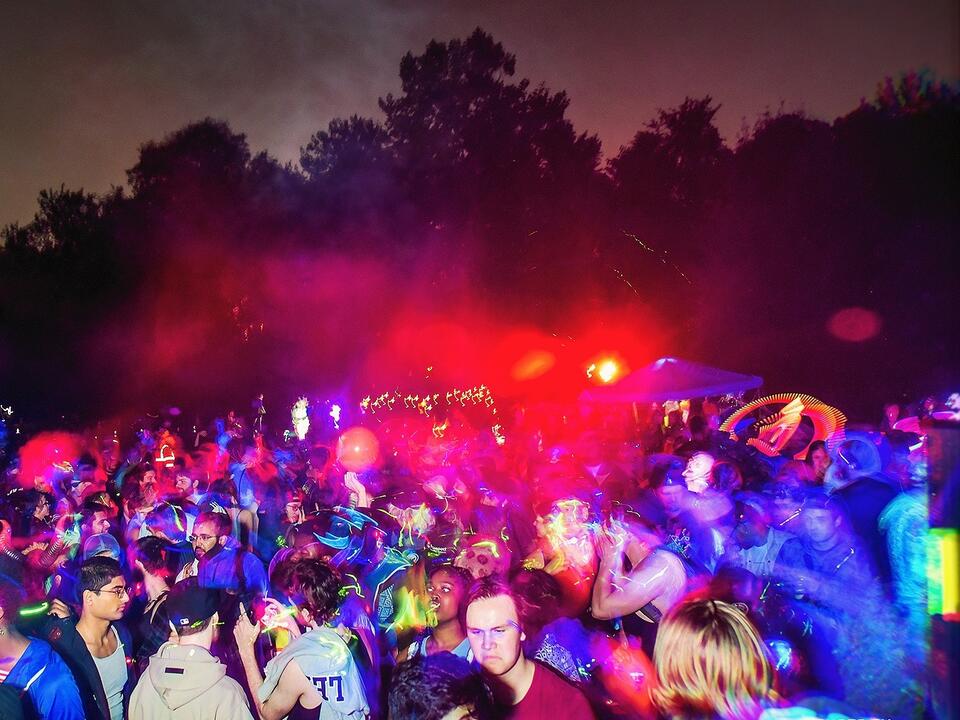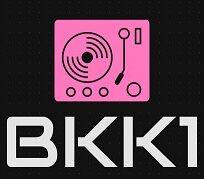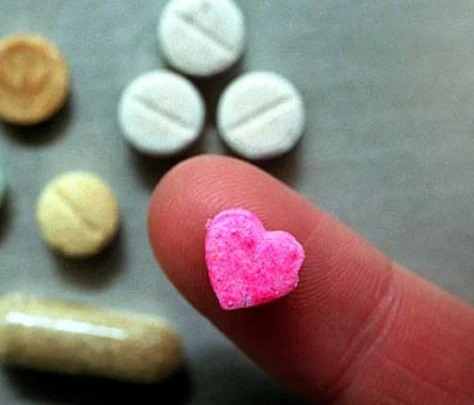MDMA and dancing became popular in the British nightlife scene from 1987 onwards, after the first DJs, inspired by their experiences in Ibiza, began to promote MDMA. In 1988, the ‘rave scene’ in the UK grew larger and generated some public controversy. After initially positive press coverage, the scene changed dramatically to a much more hostile social and political response, especially after reports of deaths related to MDMA at dance parties. Accustomed to the demonization of drugs, British society quickly tabooed Ecstasy and introduced special police units and laws to combat this new social menace. Nevertheless, the British rave scene became the largest worldwide and pioneered musical styles and party formats

Soft Cell brought pills to the UK to spread the joy for a small, select, circle of people for the next few years. Two of the ensuing decade’s biggest pop stars, Boy George and George Michael, were experimenting with the drug long before its boom and supposed impact on British music (although it would take Michael several years before he made his acid house pop banger “Freedom! ’90”). Notable shipments began coming in by 1985. That same year, the first British article on the drug appeared in The Face and clubs like Taboo became E hotspots. In 1986, the UK hit peak E discovery, as DJs came back from Ibiza with tales, tunes and tablets. Club culture, then, exploded hand-in-hand with ecstasy.

